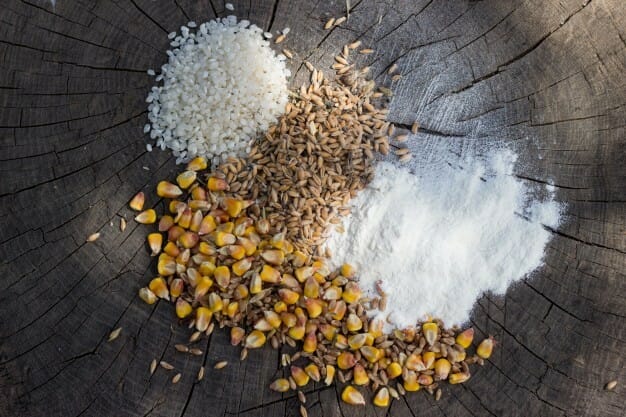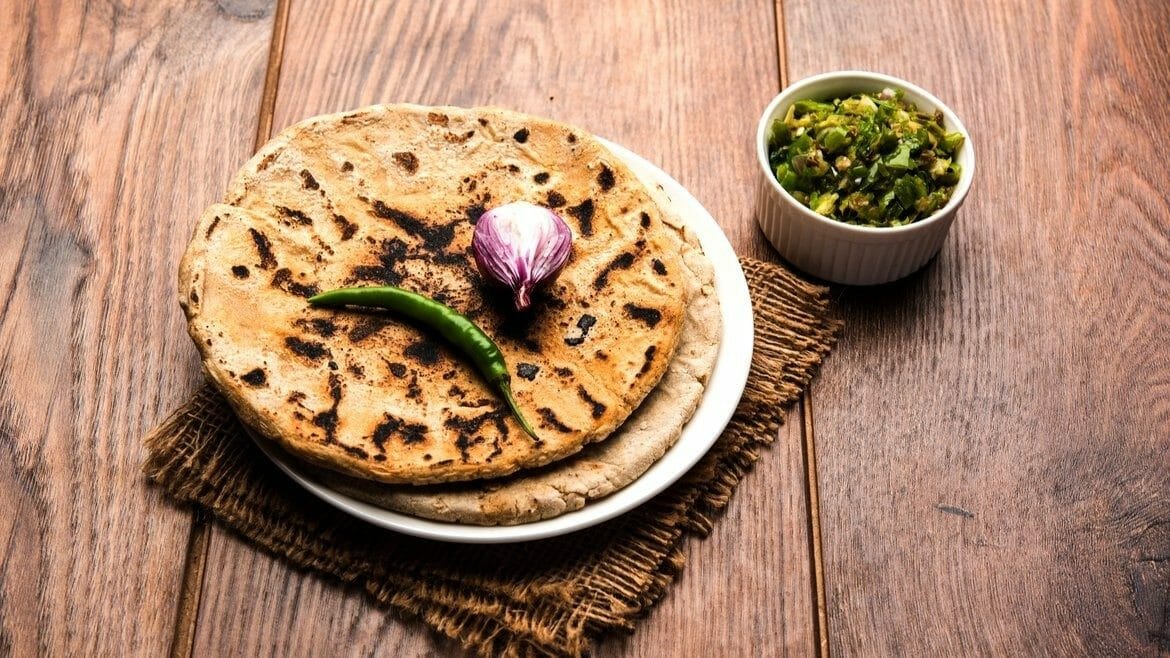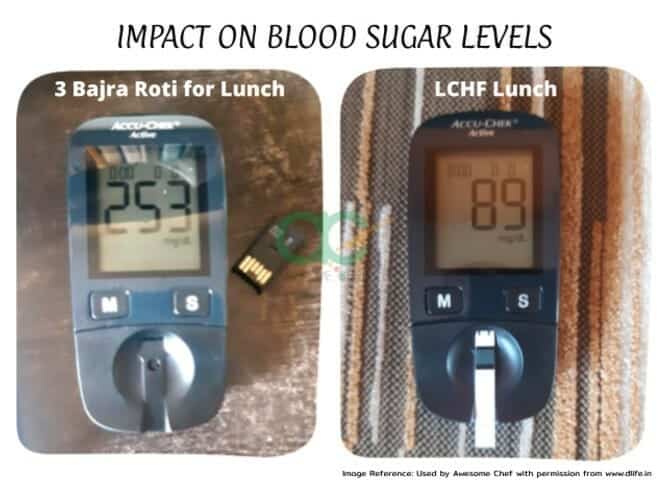❔ Can I have Bajra roti instead of wheat roti?
❔ Can I switch to millets instead of rice?
❔ Should I give up rice completely and eat only Chapatis?
These are some of the most commonly asked questions by diabetics. Whenever I talk about cutting out grains, I’m bombarded with these questions and more.
Understandably so, because we are a nation that predominantly depends on grains as a staple food. Unfortunately, their excess consumption is also a main factor in the steady rise and chronic problem of Diabetes and its associated diseases.
Table of Contents
What is Diabetes?
We are all familiar with nut allergies and lactose intolerance that a few people, across the globe, suffer from. The allergic reactions to these products could range from a mild rash to life threatening, leading to an emergency hospital treatment. Typically, in these allergic conditions, the sure shot way to prevent experiencing the allergic reactions is to completely avoid the allergen. Usually these allergies are for life and do not have any remedies other than allergic medications like anti-histamines or Epinephrine injections for life threatening reactions.
I would describe Diabetes as something similar. A Diabetic person is someone who is intolerant to Carbohydrates. The reaction being high spikes in insulin and blood glucose levels. As with the reasoning given above, the best way to prevent such reactions is to avoid the substance causing the allergy – i.e. Carbohydrates.
We also need to note here that if the body is constantly having high glucose levels, it is silently also damaging the cells of various organs.
The Problem of Insulin Resistance
In a normal person, when carbohydrates are ingested and get converted to glucose, the pancreas senses this and releases insulin that helps to transport the glucose into cells and tissues. Here the glucose gets converted into energy and the body uses up all the energy.
Imagine a scenario where the body suddenly gets loads of carbohydrates. This means there is a huge amount of glucose waiting to be transported to the cells. This means the pancreas will need to produce more insulin to move this quantity of glucose into the cells and keep it away from the blood stream. As more and more sugar keeps getting shoved into the cells, they start to resist this push after a while. Over time, the cells stop responding to insulin. They are now resistant to insulin. This is called Insulin Resistance or Hyperinsulinemia
Now that the cells and tissues are non responsive, the excess sugars start leaking into the blood stream. To prevent this, the body produces more insulin and the cycle goes on over and over again leading to over working of the pancreas and high sugar levels. As the insulin resistance keeps increasing, it is also a precursor to many other diseases like Cardio Vascular diseases (CVD), heart issues, obesity, Neuropathy, retinopathy, kidney, liver issues, etc.
In such a situation, when one continues to eat food with high quantities of carbs, it will only make the already overworked pancreas to produce higher quantities of insulin because the current production levels are not doing their jobs. This will continue to raise the blood glucose levels.
Why shouldn’t one consume Bajra and other millets or grains?
All grains, cereals and their respective flours have at least 60% carbohydrates. While millets might enjoy a slight superiority, in terms of nutritional profile, over rice and wheat, the issue still lies in the fact that they are very high in carbohydrates.

Diabetes and Insulin Resistance can be treated by abstaining from cereals and millets
The problem of controlling or brining down sugar levels and hyperinsulinemia is not at all addressed when a diabetic is advised to switch to millets or even completely cut out rice & move to wheat. This may be only a stop gap measure and the approach is nutritionally incapable of reversing the otherwise chronic issue of high sugar levels.
Case Study of a Diabetic Person Eating Millets
To understand why Bajra or millets are not recommended for diabetes, we did a small experiment to test how Bajra impacts a diabetics blood sugar level. The diabetic person tested the sugar levels across 2 lunches –
Lunch 1 – Regular meal with 3 Bajra chapatis and vegetables
Lunch 2 – Low Carb (LCHF) meal
The results showed a startling difference between the 2 sugar levels.
How can a diabetic person bring down sugar levels?
The case study above clearly indicates how millets and other carb rich food keep blood sugar levels elevated, thus making the person dependent on medicines for life.
The ideal way to combat this is by making changes to one’s food habit.
Switching to foods that a low in carbohydrates will ensure the blood sugar levels drop and over time, reach normal or near normal levels. In many instances, depending on the individual it can also be reversed.
So, if excess carbs are a problem, what can a diabetic person eat?
We will focus on foods that provide complete nutrition to the body. The body will learn to recognise and use fat as a fuel. This will happen only when carbohydrates are reduced. When fats are burnt, it not only reduces weight, but also improves insulin sensitivity.
The following would be food pattern ideally to be followed:
✅ Cut out grains, sugars and starchy food. These are a definite no! They will increase insulin levels causing high sugar levels in blood. They also have a poor satiety value – meaning, they will make you hungry faster and you would end up eating more than what is needed for your body.
✅ Choose whole and unprocessed foods. By this I mean, minimize the consumption of any food that is completely prepared in a factory or which you cannot make at home. Choose foods that have the least amount of processing.
✅ Eat more fresh vegetables. Except of course, the starchy and root varieties.
✅ Focus on including proteins in every meal. Proteins not just bring in satiety, but they also help in improving metabolism and insulin sensitivity.
✅ Embrace natural fatty foods. Natural fats are essential for our body to thrive. They also provide satiety and supply ample clean energy for your body. Don’t shy away from foods like fatty meat, eggs, ghee or dairy.
Final Thoughts
If you are coming across this concept for the 1st time, it is understandable that it might seem quite overwhelming. On one hand you might be looking for a solution to reduce medications if you are already a diabetic. On the other hand, you could also be one of the many individuals who is looking to make the healthy switch in your food patterns and LCHF might be one of your choices.
Whatever be your driving force, it is important to evaluate your plan before getting started. Talking to a certified Low Carb Nutritionist should be your first step. Making changes to your eating plan with the help of a Low Carb Nutritionist will ensure not only you have a higher rate of success, but also ensure minimum or zero nutritional deficiency. More than anything else, you will always have one person in your corner cheering and batting for you, irrespective of what others and non-believers have to say.
Should you require any in-depth help, please get in touch with me via the contact form. You can also follow my social media handles for regular information on low carb, health and updates.
For Reference: Comparison of Carbohydrates across common cereals used everyday
Carbohydrate content in 100g of common cereals in their dry form.
| Cereal/ Grain /Millet Name | Carbs | Fibre | Protein | Notes |
| Rice – White, brown, etc. | 75 – 80g | 2-4 g | 7g | Normal consumption per meal is >100g |
| Wheat | 75g | 11g | 10g | Makes around 3-4 chapatis |
| Bajra | 72g | 11g | 11g | Makes around 3-4 chapatis |
| Jowar | 77g | 10g | 10g | Makes around 3-4 chapatis |
| Ragi | 77g | 11g | 7g | Makes around 3-4 chapatis |
| Maize/ Makkai | 77g | 12g | 9g | Makes around 3-4 chapatis |
| Wheat Vermicelli | 81g | 10g | 10g |




4 comments
I like it, I want to reverse my Diabetse, from today I stop eating Rice and Chapati
It will definitely help. Wish you the best of success in improving your health.
i m diabetic for last 20 yrs…now i m eating mixed millets bhakari at night with one chapati of wheat.my fasting blood glucose is normal ..but when I eat same bhakari at breakfast after exercise the pp sugars shoot ..what should eat
All grains & millets are high in carbs. They will trigger a higher insulin & glucose response. Best is to avoid them completely if diabetic & eat more nutrient dense food like veggies, dairy, meat, eggs, healthy fats, etc.